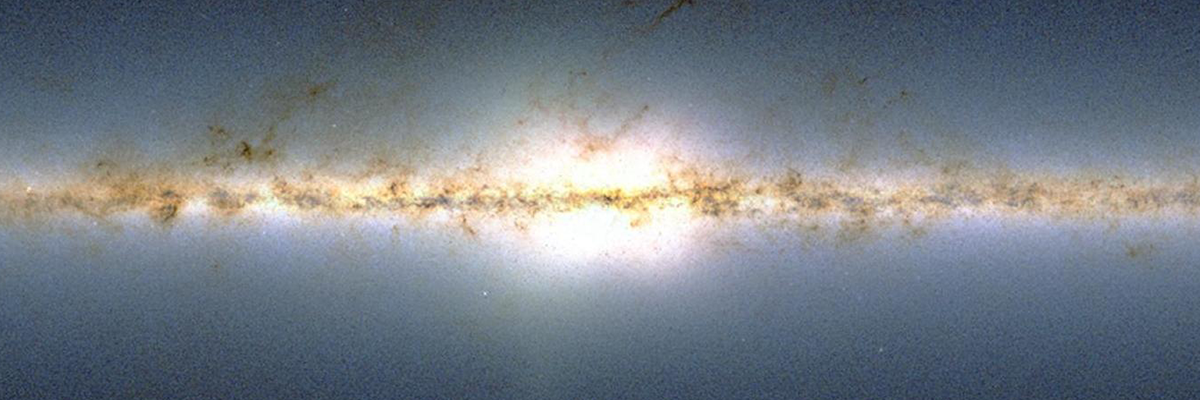APOGEE: Probing the Evolution of the Milky Way
Apache Point Observatory Galactic Evolution Experiment 1 (APOGEE-1)
APOGEE-1 at a Glance:
- Bright time observations at Apache Point Observatory
- September 2011 - July 2014
- Instrument: APOGEE-N
- 150,000 stars in the Galactic bulge, disk, and halo
- Spectral Resolution $R \sim 22,500$
- Typical signal-to-noise $\gt 100$
- Wavelength Range: $1.51-1.70 \mu m$
- Velocity uncertainties $\sim 200$ m/s
- Stellar parameters including $\log g$, $T_{eff}$, [Fe/H], [$\alpha$/Fe]
- Abundance of 15 chemical species to 0.1 dex precision
The Apache Point Observatory Galactic Evolution Experiment 1 (APOGEE-1) employed high-resolution, high signal-to-noise infrared spectroscopy to penetrate the dust that obscures significant fractions of the disk and bulge of our Galaxy. APOGEE-1 aimed to survey 100,000 red giant stars across the full range of the Galactic bulge, bar, disk, and halo. At its conclusion, APOGEE-1 observed over 150,000 stars. APOGEE-1 generated precise radial velocities and detailed chemical abundances, providing unprecedented insights into the dynamical structure and chemical history of the Galaxy. In conjunction with the planet-finding surveys, Kepler and CoRoT, APOGEE-1 unraveled problems in fundamental astrophysics.
In SDSS-III, the SEGUE-2 and APOGEE-1 datasets played a central role in near-field cosmology tests of galaxy formation and the small-scale distribution of dark matter.

APOGEE-1 Dataset
Accessing APOGEE-1 data
Data Release 17 is the latest public release of APOGEE spectra and includes all data taken in APOGEE-1. The APOGEE-1 data has been processed with pipelines that have been improved throughout the operations of APOGEE-2. The following resources will help users interested in APOGEE-1 data:
- An overview of APOGEE data (including APOGEE-1 and APOGEE-2).
- Examples of accessing and viewing APOGEE-1 data .
- The target selection for APOGEE-1 stars (from DR13) and for APOGEE-2 (from DR17).
Majewski et al. (2017) provides a detailed description of APOGEE-1, including a summary of major scientific results. Wilson et al. (2019) provides a description of the APOGEE-N instrument and hardware.
All APOGEE-1 technical publications are archived with the APOGEE-2 DR17 Technical Publications Repository. APOGEE-1 had data releases in DR10 and DR12.
The APOGEE-1 Sample:
- ~15,000 stars toward the Bulge
- ~28,000 stars toward the Halo
- ~55,000 stars toward the Disk
- ~14,000 stars in the Kepler or CoRoT fields
- ~8,000 objects from Ancillary Science programs
- ~1,800 stars toward the Halo Streams
- ~1,200 stars toward the Sagittarius dSph
- ~8,000 stars toward the Star Cluster fields
- ~900 bright stars observed with the NMSU 1m telescope + APOGEE
- ~17,000 hot stars for telluric correction






